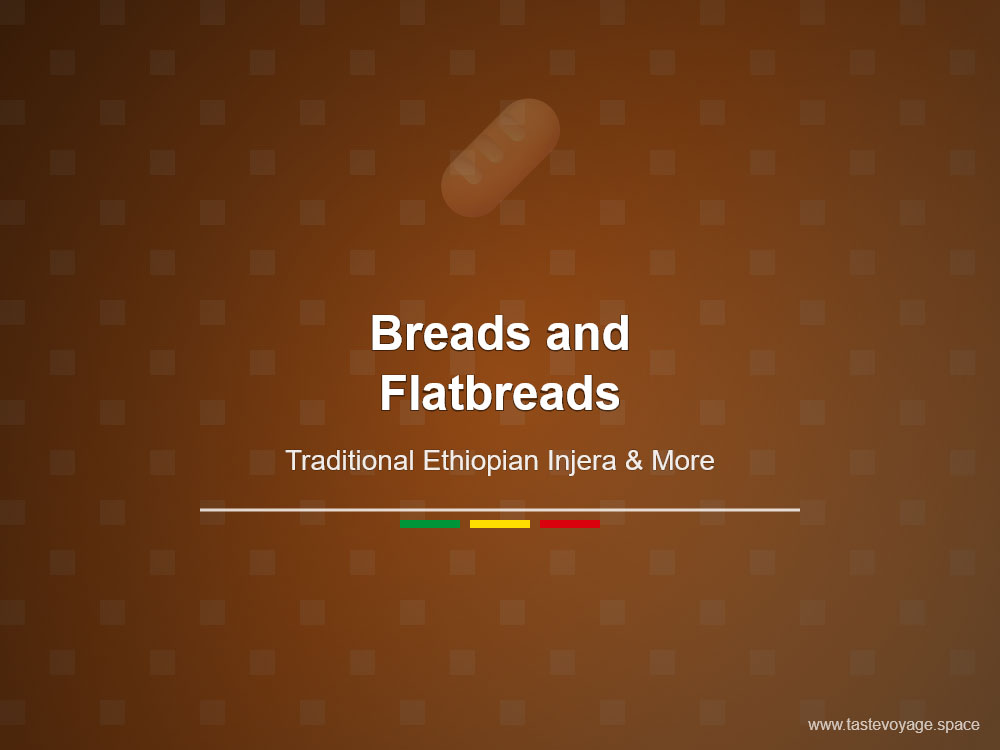Delicious Ethiopian New Year Bread Recipe You Must Try
Travel the World Through Food >> Breads and Flatbreads>>Ethiopian Cuisine>> Delicious Ethiopian New Year Bread Recipe You Must Try
Delicious Ethiopian New Year Bread Recipe You Must Try
Celebrating the Ethiopian New Year with Traditional Bread
Ethiopian New Year, known locally as Enkutatash, marks a vibrant and joyful transition into a new year. This celebration, usually observed on September 11th (or September 12th in leap years), is a time of renewal, gratitude, and cultural pride. Central to this festive occasion is a special type of bread that embodies Ethiopia’s rich culinary heritage. This bread is more than just a food item; it is a symbol of unity, tradition, and cultural identity.
The Cultural Significance of Ethiopian New Year Bread
Ethiopian New Year bread holds deep cultural importance. It is often prepared with love and care, reflecting the community’s respect for tradition. During the festivities, families gather to share this bread, emphasizing the importance of togetherness and renewal. The bread is typically served at the beginning of the celebration as a way to welcome the new year with hope and positivity.
Ethiopian New Year bread also plays a role in ritual and symbolism. Its round shape often signifies completeness and eternity, resonating with themes of renewal and fresh beginnings. The act of breaking bread together fosters a sense of harmony, friendship, and shared joy among participants. In many households, preparing and sharing this bread becomes a cherished ritual passed down through generations, preserving Ethiopia’s vibrant cultural legacy.
Culinary Significance and Ingredients
This special bread is celebrated for its unique flavors and textures that reflect Ethiopia’s diverse culinary traditions. Commonly made from simple ingredients like teff flour, wheat flour, or a combination of grains, the bread showcases Ethiopia’s rich agricultural heritage. Teff, a tiny grain native to Ethiopia, not only imparts a distinctive nutty taste but also symbolizes the country’s culinary pride.
Ethiopian New Year bread often features natural fermentation, which enhances its flavor and texture. Its slightly sour taste and chewy consistency make it a delightful accompaniment to various traditional dishes enjoyed during the festivities. The bread’s wholesome ingredients and crafting methods highlight Ethiopia’s emphasis on natural, locally sourced foods.
Celebrating Tradition Through Food
The preparation and sharing of Ethiopian New Year bread exemplify the vital role of food in cultural celebration. It is more than a nourishing meal; it is a vessel that carries stories, history, and communal values. The bread’s aroma fills homes, creating an inviting atmosphere that signals the start of a new chapter.
This culinary tradition encourages community participation and fosters a sense of pride in Ethiopian heritage. The process of making and sharing this bread helps keep cultural practices alive, connecting generations through shared experiences. It is a beautiful reminder of how food can serve as a bridge between past and future, tradition and innovation.
Conclusion
Ethiopian New Year bread is a treasured element of Ethiopia’s festive landscape. Its cultural significance, rooted in tradition and community, highlights its importance beyond mere sustenance. As a symbol of renewal, unity, and cultural identity, this bread enriches the celebration of Enkutatash and embodies Ethiopia’s vibrant culinary spirit. Whether enjoyed during a joyful gathering or prepared for a special occasion, this traditional bread offers A Delicious taste of Ethiopia’s proud heritage.
